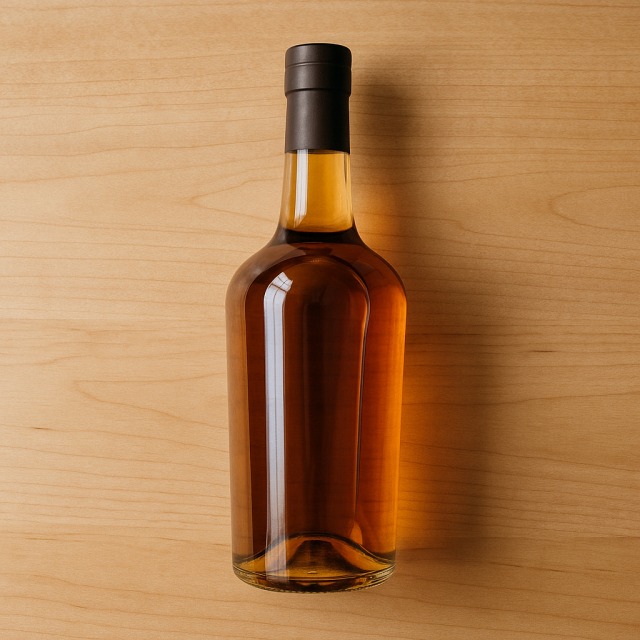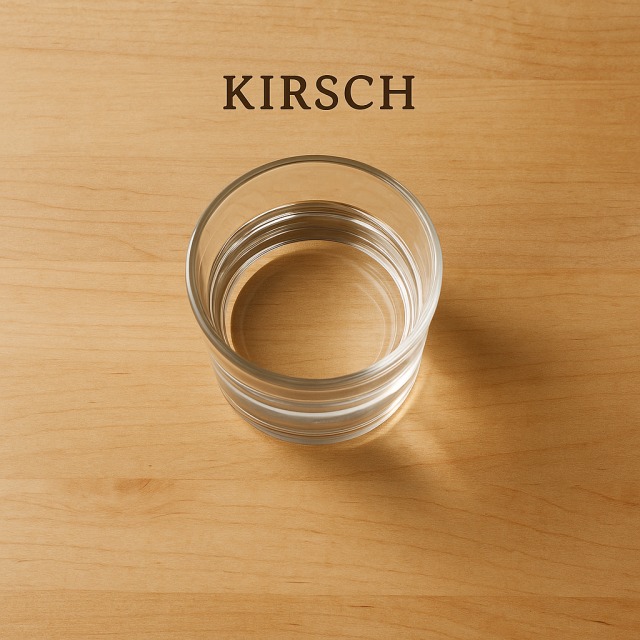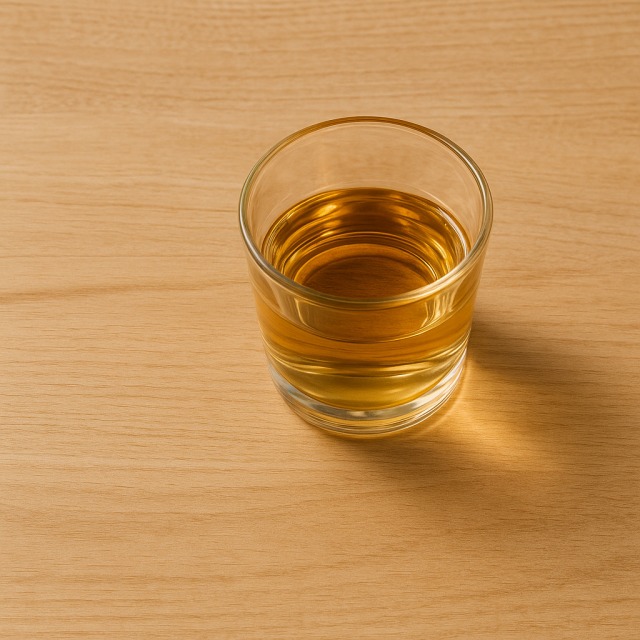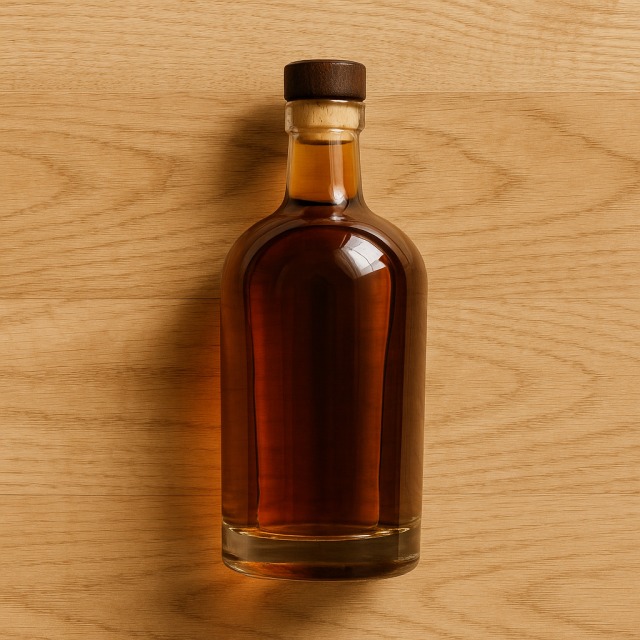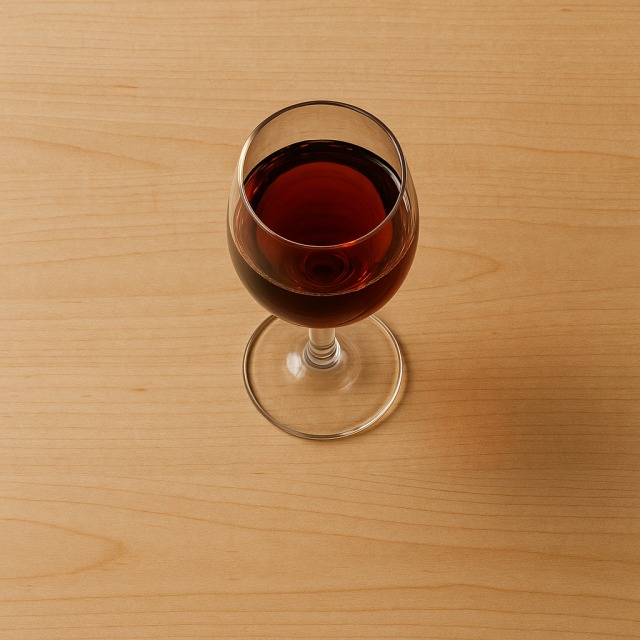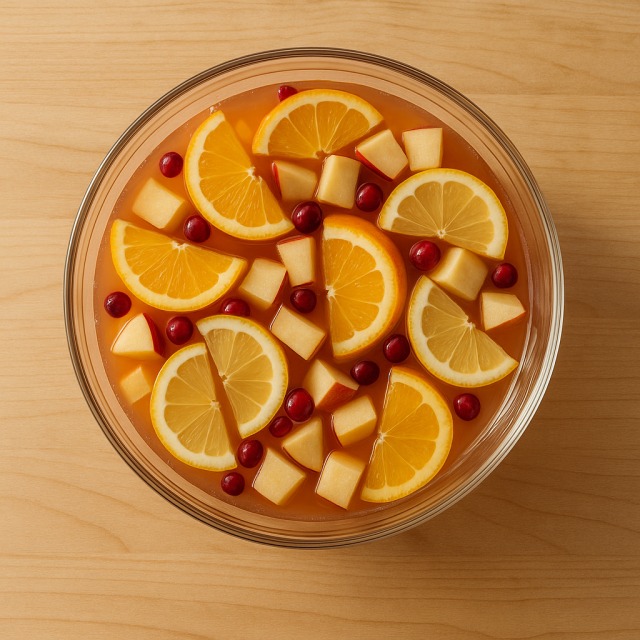Calorie Chart / Beverages / Cognac
How Many Calories Are in Cognac?
Calculation of the nutritional value & Recommended Dietary Intake of cognac
For ml and a calorie requirement of kcal
| Calories 90 kcal | Proteins 0 g | Lipids 0 g | Carbohydrates 0 g |
| 5% | 0% | 0% | 0% |
Health benefits of cognac
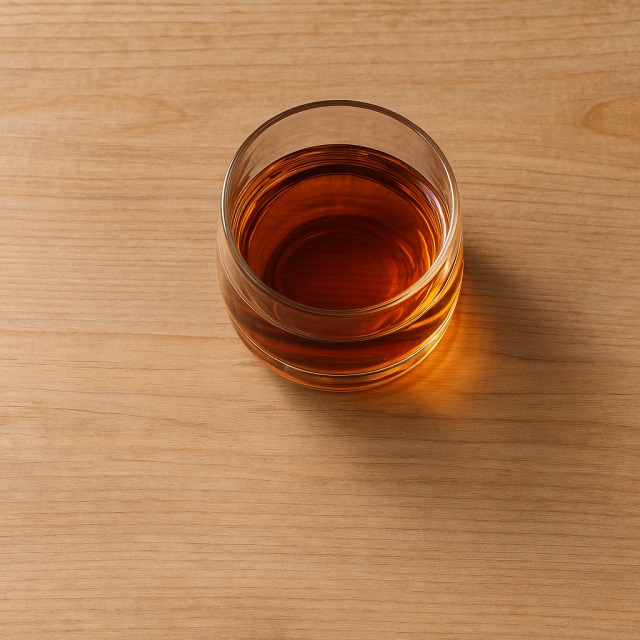
Cognac - 100ml
Calories 224 kcal
Proteins 0 g
Lipids 0 g
Carbohydrates 0 g
Delivering roughly 224 calories per 100 g, cognac is considered a high-calorie spirit; in fact, every gram of its alcohol translates directly into calories because the drink contains no proteins, lipids, or carbohydrates. Those calories can add up quickly, so portion control is essential.
Besides its calories, cognac brings trace amounts of potassium and copper from the grape skins, as well as polyphenols such as ellagic acid and vanillin extracted from the oak cask. These compounds are being studied for supposed antioxidant and vasodilatory effects (the term "supposed" is appropriate because the scientific evidence remains limited and hinges on moderate intake).
Historically, cognac was born in France's Charente region in the 16th century, when winemakers learned that double distillation reduced transport weight and, ironically, calories per barrel. The clear "eau-de-vie" is then aged at least two years in Limousin or Tronçais oak to earn the AOC Cognac label; during this maturation, some alcohol—and therefore some calories—evaporates in the legendary "angel's share."
Tips for incorporating cognac into a balanced diet
Because all of cognac's 224 calories stem from alcohol, sipping it neat (25–30 ml) is the best way to enjoy flavor while limiting calories. If mixed into cocktails, favor low-sugar partners such as sparkling water, a splash of lemon juice, or chilled herbal tea to avoid piling extra calories on top of the drink itself.
For cooking, a tablespoon of cognac can deglaze the pan after searing a lean duck breast or a grilled beef steak. Most of the alcohol—and thus some calories—will evaporate, while the oak and dried-fruit aromas remain. You gain complexity without dramatically raising the dish's calorie count.
Cognac also pairs beautifully with fruit-based desserts. Try flambéing sliced apple or pear in a small measure of cognac; the heat burns off part of the alcohol, trimming calories compared with an unreduced sauce, yet keeps the toffee notes. When serving cheese, a glass of cognac harmonizes with aged Roquefort or creamy Brie, but remember that both the cheese and the spirit are calorie-dense—plan lighter meals before or after to balance daily calories.
Frequently Asked Questions
- How many calories are in cognac?
- There are 224 kcal per 100 g, making cognac a high-calorie beverage.
- Is cognac higher in calories than wine?
- Yes. A dry glass of red wine averages 80–90 calories per 100 g, whereas cognac supplies 224 calories, more than double.
- Does cognac contain carbohydrates or sugar that add extra calories?
- No. Its calories come exclusively from alcohol; carbohydrates, proteins, and lipids register at 0 g.
- Can I include cognac in a low-calorie diet?
- You can, but keep the serving small (20–30 ml ≈ 50–70 calories) and account for those calories elsewhere in your meal plan.
- What is a lower-calorie alternative to cognac?
- A 25 ml measure of vodka or a glass of beer generally supplies fewer calories than the same amount of cognac, but always check individual calorie values.
Similar foods
Alcohol consumption may be harmful to your health. Please drink responsibly. Do not drink and drive. Not recommended during pregnancy. Must be of legal drinking age.
Information provided by Calorie Menu may contain inaccuracies or errors. It cannot, under any circumstances, substitute medical advice or medication.
